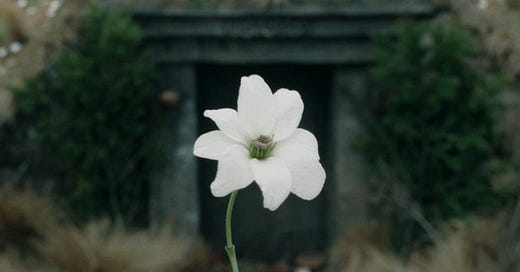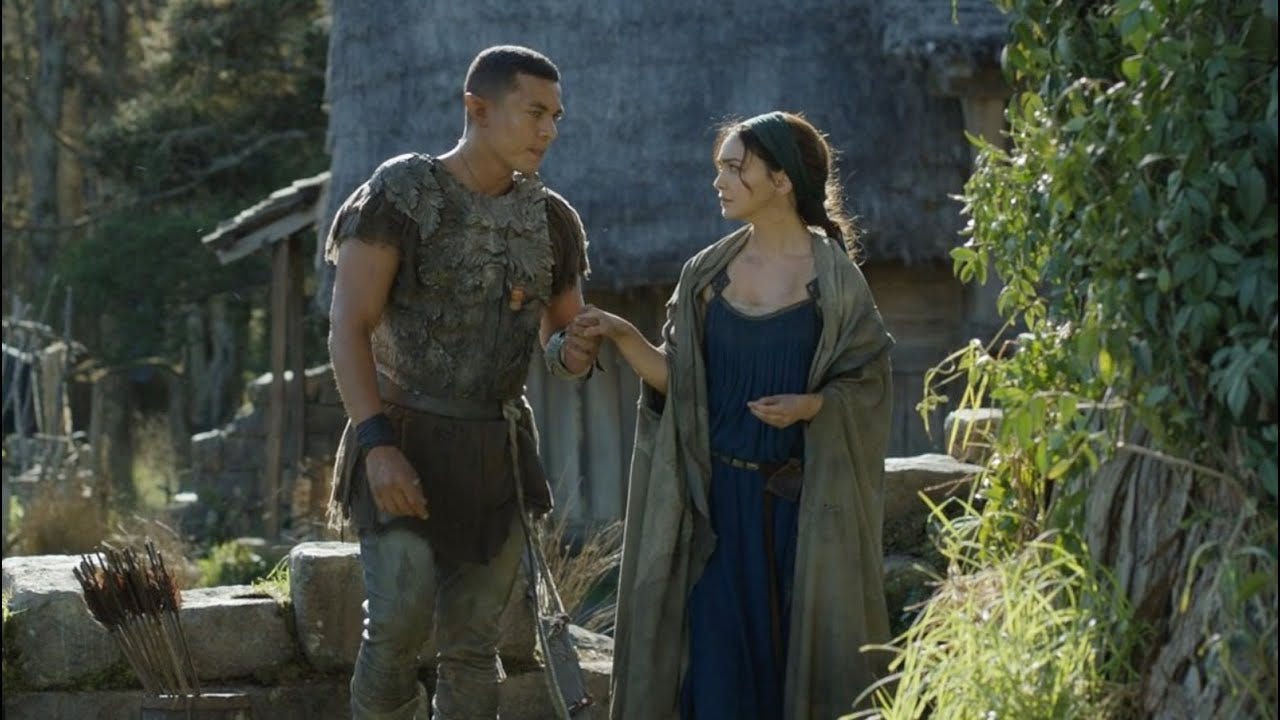Hello, friends! Welcome to all you new subscribers from this past week! There are over 2,000 of you now! Thank you so much for subscribing and reading.
There’s a scene from The Hobbit: The Battle of the Five Armies that Peter Jackson left on the cutting room floor1 that I’ve been mulling over for the past few weeks.
Gandalf, Bilbo, and Bard are in a small pocket of calm in the midst of a battle. Gandalf tells Bard to send bowmen to a specific position and Bard replies that there are no more bowmen to send. The battle seems lost. Defeat is imminent, and as the battle continues to rage around them Bard begins to speak about the hopes he had for his people and their land. Hopes that all now appear null and void. Dreams that will seemingly never become reality.
Bilbo tells Bard not to despair, to which Bard asks, “What would you have us do?”
“Do?” replies Bilbo. “I’ll show you.”
And he marches over to a clear spot in the ground, places an acorn in a hole, and covers it up.
“That’s a promise,” he tells them. “Underneath all that blood and dirt, there is a chance of new life. It may sound hopeless, it may sound foolish…but really what else can you do? When faced with death what can anyone do? You go on living.”
When faced with death what can anyone do? You go on living.
This scene is similar in some key ways to a scene in episode 6, “Udûn,” of Amazon’s The Rings of Power.
Before the battle between Adar’s forces and the people of the Southlands, Arondir explains to Bronwyn that it is an elven tradition to plant a seed of the alfirin flower before the beginning of a battle.2 Bronwyn responds, “New life, in defiance of death.” Arondir is holding more of the alfirin seeds, and after telling Bronwyn about the Valar Yavanna’s protection of all growing things and those who tend them, he paints a picture of a hopeful future for the two of them. “The rest we shall plant after the battle is over, in a new garden…you and I…and Theo (her son)…together.”
New life, in defiance of death.
These apocryphal3 scenes inspired by Tolkien are hardly the only connection between the natural world and hope amidst despair to be found in Middle-earth or the works based on and inspired by it. Reexamining and considering these scenes in the midst of my own personal grief of the loss of my youngest brother a few months ago has been a comfort and inspiration. Because I’ve asked Bilbo’s question myself over and over again these past few months: when faced with death, what can anyone do? As Bilbo suggests, all we can do at times is go on living, moving forward one step at a time, one day at a time despite or in defiance of seeming hopelessness.
As I considered these scenes, it led me back to an important scene from the conclusion of The Return of the King4 that I'd been meaning to revisit: Faramir and Éowyn in the Houses of healing. Looking at all three of them together as I continue my own journey of grieving my brother’s death earlier this year, I was encouraged to follow the examples in these scenes and plant new life in defiance of death.
Keep reading with a 7-day free trial
Subscribe to Jokien with Tolkien to keep reading this post and get 7 days of free access to the full post archives.







